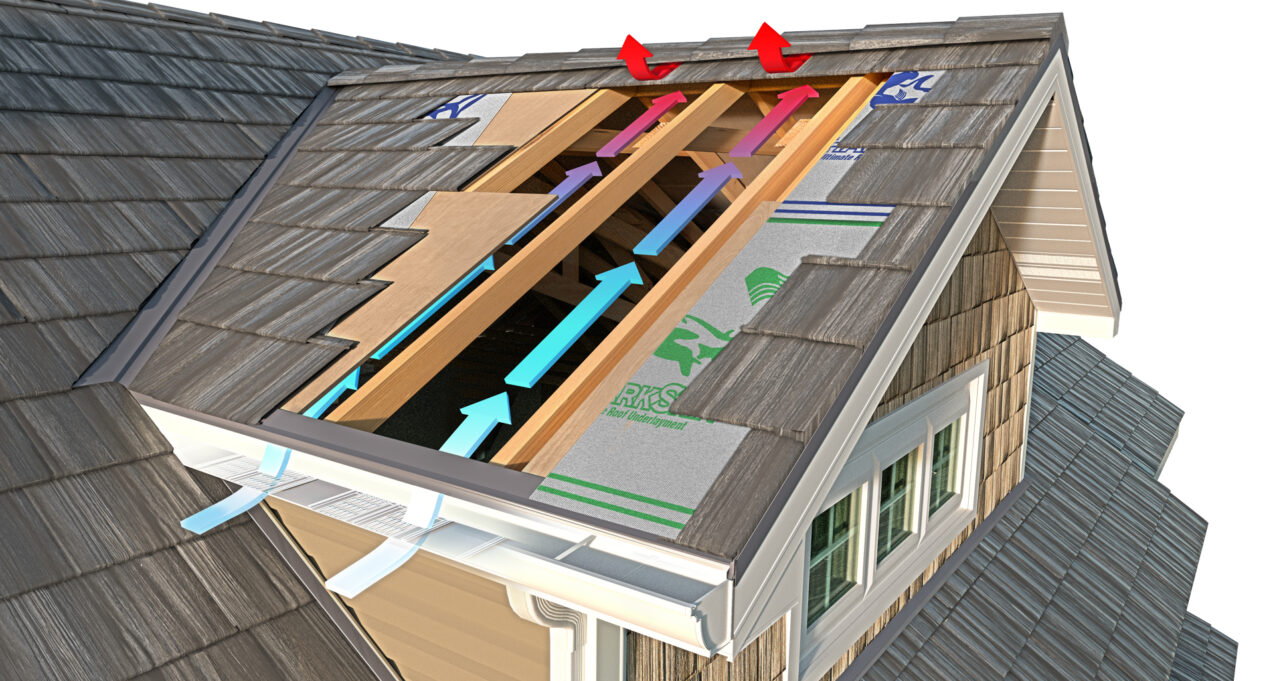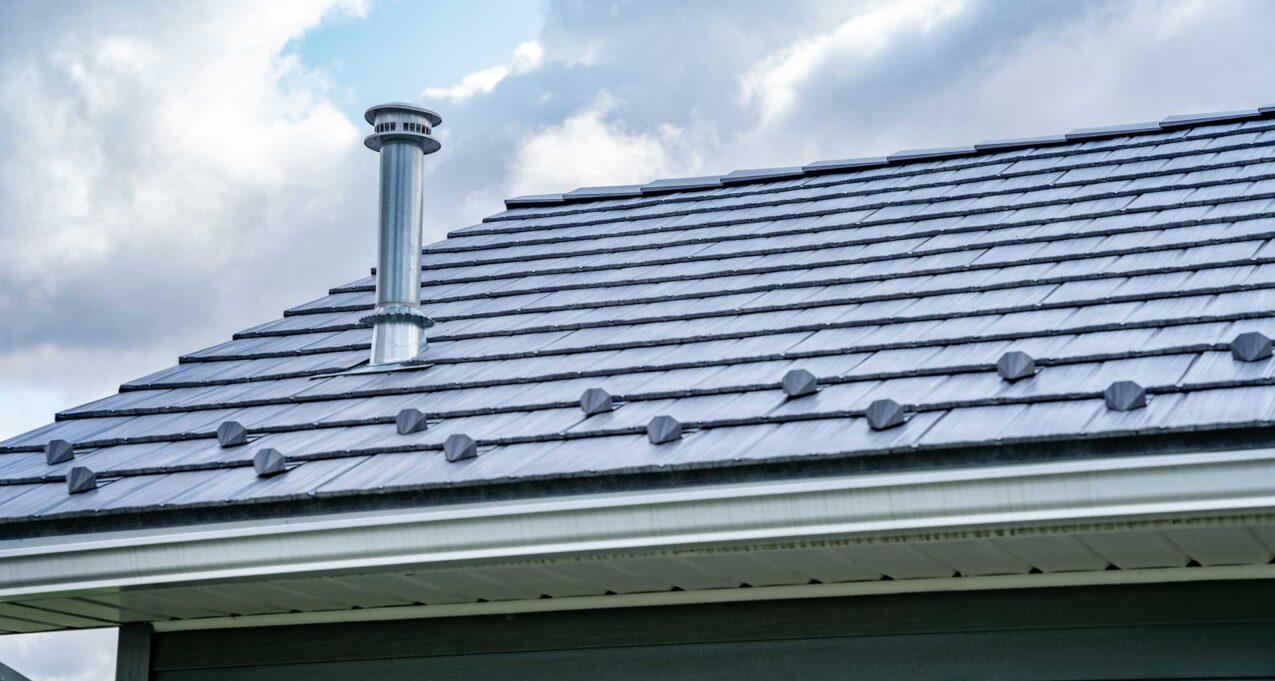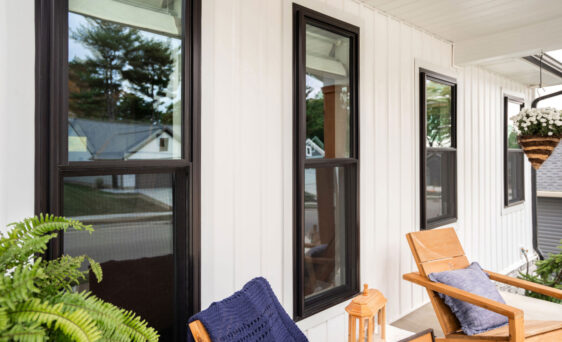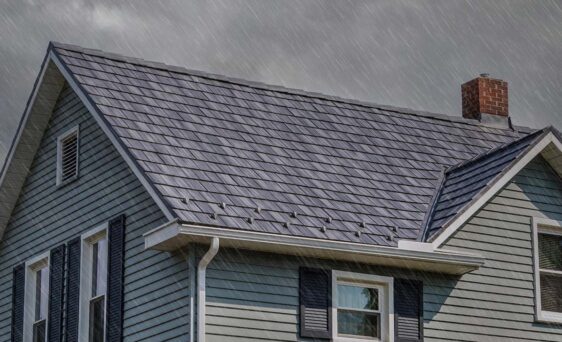Three Important Reasons to Incorporate Metal Roofing Ventilation

We’re all familiar with Newton’s law of inertia: A body at rest tends to stay at rest, while a body in motion tends to stay in motion. The same can be said for the atmosphere inside a home—without airflow, a room becomes stagnant, dense, and subject to temperature extremes. In our kitchen or bedroom, we simply open a window and allow the breeze to do its work. This same principle applies to our attic space—proper metal roofing ventilation relieves air pressure to keep a home comfortable and prevents structural damage by eliminating moisture. Since roofing protects up to 60% of the home’s exterior surface, homeowners should consider a metal roofing system that works to shield the house from weather extremes and provides appropriate ventilation.

Three important reasons to make sure your attic is properly ventilated
- Prevent condensation – within the confines of the everyday home, a great deal of moisture is generated. Cooking, laundry, dishwashing, and showering all contribute, and the residual moisture travels upward, typically ending in the attic. When moist air reaches a cooler surface, condensation occurs and water droplets linger on walls and floors like dew on grass. If the moisture cannot dissipate, it creates an environment that supports the growth of mold and mildew, contributing to decay of the rafters and joists. Proper attic ventilation provides the airflow needed to allow moisture to evaporate and escape through exhaust vents.
- Prevent snow and ice dams – warm air travels upward, hovering at the attic rafters and ceiling, heating the roof deck. After a snowfall, the accumulation will melt due to the warm surface below it, then freeze again when it hits an unheated section of the roof. This melting and refreezing causes ice dams that can force melted snow into the home, damaging ceilings, flooring and walls, and soaking the insulation in your attic, causing it to lose R-value (insulating capacity). A properly ventilated attic helps keep the temperature in the rafters closer to the outside climate, so snow melts naturally and gradually.
- Provide energy efficiency – metal roofing ventilation is instrumental in removing gained heat out of an attic once the temperatures rise. It allows stagnant, stifling air to escape, preventing a build-up of heat and humidity. A home’s air conditioning doesn’t have to work as hard to cool the space, saving on electricity usage and costs.

Breathe Easy
Think of it this way: just like you, your home needs to breathe properly, drawing in cleansing breaths and releasing build-up, inhaling and exhaling. Ventilation enables that process – outside air is drawn via intake vents positioned in the soffit at the bottom section of the roof, flows through the space, and is released at exhaust vents near the ridge or peak. Working together, the vents provide continuous airflow, preventing the accumulation of humidity and heat, and making your attic a tolerable environment.
A ProVia metal roof is engineered with high performance and long life in mind, and includes crucial metal roofing ventilation. Soffit vents permit outside air to enter, and ridge vents provide an exhaust point at the ridge of the roof. ProVia’s stamped metal shake and slate panels are galvanized on both sides, and the system includes an underlayment and a self-adhesive ice and water shield that protects against ice dams. And the ProVia metal roof system is ENERGY STAR® and Cool Roof compliant and can slash energy costs by up to 30%.
Last Updated: July 27, 2022
Stay up to date with our latest blog articles


